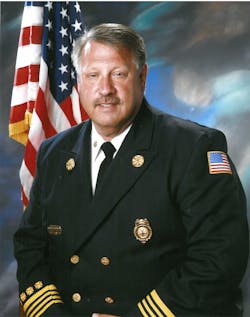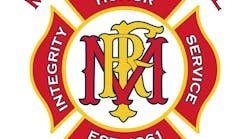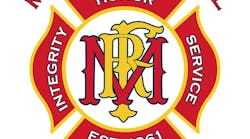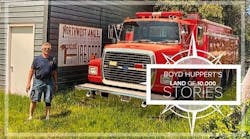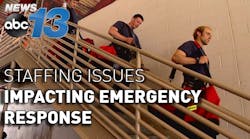This month marks my 39th year in this profession. I started working for the City of St. Louis in 1977, just two months out of high school, at age 18. My dad always said time goes by faster the older you get. He was absolutely right!
I knew I was getting old when I was sitting on an interview panel for candidates for St. Louis firefighters. I looked at one candidate’s driver license and he was born the same year I graduated from high school! Talk about a dose of reality.
All of this got me thinking about what procedures I could do with my new paramedic license in 1979 and how times have changed. When I first started practicing as a paramedic, we traditionally gave two amps of sodium bicarbonate and one amp of epinephrine to cardiac arrest victims. Just like Johnny and Roy currently do on reruns of “Emergency!”—assuming you youngsters know who Johnny and Roy are. Eventually, the American Heart Association changed its standard on resuscitation, and two amps of bicarb are no longer part of the ACLS regiment.
EMTs, then and now
I recently did a pulse check (no pun intended) of what were once coveted practices or procedures done by a paramedic and what is now done by EMTs. Many actions that were limited to paramedics have now been passed to EMT-Intermediate, EMT-Basics and EMT-IVs.
The first procedure EMTs were authorized to do was defibrillation. Now you don’t even have to be an EMT to defibrillate. If you’re in an airport and someone collapses, an AED is usually within about 500 feet of where you are standing, and any bystander without medical training can now shock someone.
Depending on the state, an EMT license allows you to do CPAP, administer intranasal or intramuscular Narcan, administer intranasal fentanyl, give albuterol through a nebulizer, use an autoinjector with epinephrine, start IVs, hook up an EKG machine and transmit the results to a hospital, give aspirin and give nitroglycerin.
Recent educational standards streamline EMS into four levels—Emergency Medical Responder, EMT-Basic, EMT-Advanced and Paramedic—with the intent that states will adopt these four licensure levels.
Remember when …
These changes also got me thinking about what else has changed over the years. Let’s have a little fun looking back at some things that we used to do.
Those paramedics who have already received their AARP card may remember Medical Anti-Shock Trousers (MAST). We put the MAST on the legs of trauma victims and pumped them full of air with the goal of pushing the blood from the less vital areas to the chest area.
Paramedics who are eligible for a reverse mortgages may actually remember defibrillating someone with paddles. You would remove the paddles from the machine, put some gel on them, rub them together and put the paddles on the patient’s chest for a quick look. If you saw a shockable rhythm you hollered “clear” and gave them 400 joules of electricity.
Paramedics who now need reading glasses might need them to read those chem strips. You simply put a drop of the patient’s blood on the strip and watched to see what color it showed to tell you the range of the patient’s glucose level.
If you’re a paramedic who looks like Keith Richards, you might remember using sandbags—but not for flooding. We used to carry 10-pound bags full of sand to put on either side of the patient’s head to help immobilize them on a backboard. And if the patient had a flail chest, you also taped the sandbag to the affected side.
Paramedics who once helped little, old grayed-hair ladies who could now be their wife might remember not wearing gloves to isolate themselves from the patient, giving a precordial thump on a witnessed cardiac arrest or giving activated charcoal to an overdose victim.
For paramedics who now turn out lights at home for economic reasons instead of romance might remember using rotating tourniquets to treat congestive heart failure patients or sticking a long intracardiac needle in someone’s chest to inject epinephrine into the heart during cardiac arrest.
I could go on and on with what we used to do as paramedics, but instead I think I will just retire to bed before 9 p.m.
